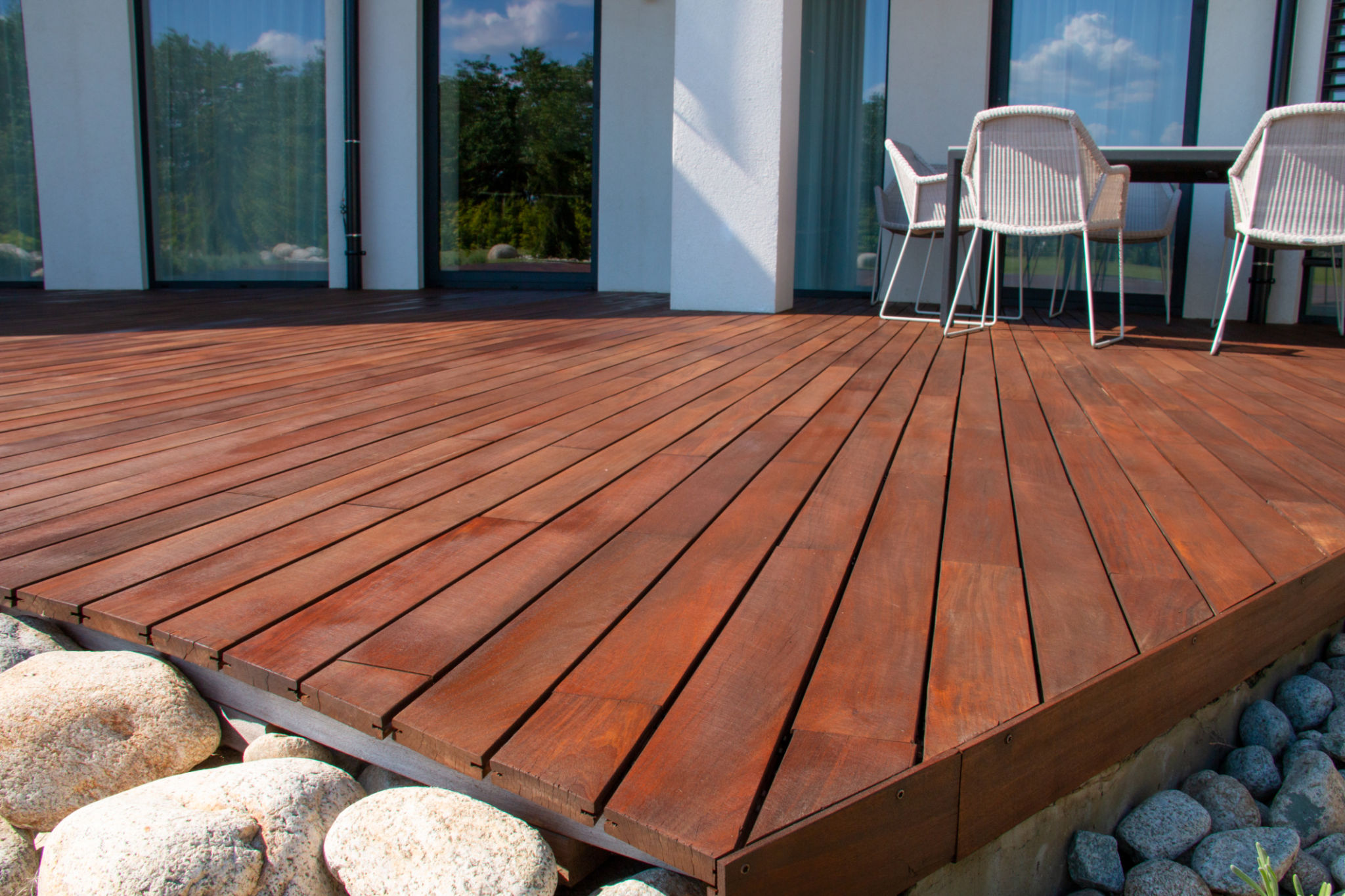Comparing the Best Pressure Washing Techniques for Different Surfaces
Introduction to Pressure Washing
Pressure washing is an effective method for cleaning various surfaces, from driveways and patios to siding and decks. However, not all surfaces are created equal, and choosing the right pressure washing technique is crucial to avoid damage while achieving optimal cleanliness. In this guide, we will explore the best pressure washing techniques for different surfaces, ensuring your cleaning tasks are both efficient and safe.

Pressure Washing Concrete Surfaces
Concrete surfaces, like driveways and sidewalks, are durable and can handle the intensity of a high-pressure wash. For these surfaces, a pressure washer with a PSI (pounds per square inch) rating between 2500 and 3000 is recommended. Start by sweeping away loose debris and then apply a concrete cleaner to help break down stains and grime. Use a wide spray nozzle to cover more area efficiently.
When washing concrete, it's important to keep the nozzle at least 12 inches from the surface to prevent etching. Work systematically in sections to ensure even cleaning. For stubborn stains, consider using a rotary nozzle for additional cleaning power.
Cleaning Wood Decks and Fences
Wood surfaces require a gentler approach compared to concrete. Using too much pressure can splinter the wood or strip away finishes. A pressure washer with a PSI of 500 to 600 is typically sufficient for wood decks and fences. Always test a small, inconspicuous area first to ensure the pressure setting is appropriate.

Use a fan tip nozzle to distribute the water evenly and avoid gouging the wood. Keep the nozzle moving and maintain a distance of at least 8 inches from the surface. After cleaning, it's beneficial to let the wood dry completely before applying any sealant or stain to protect and enhance its appearance.
Washing Vinyl Siding
Vinyl siding is relatively easy to clean but requires careful handling to prevent water from seeping behind the panels. A pressure washer with a PSI of 1300 to 1600 is usually adequate for this task. Begin by rinsing the siding with clean water.
Apply a suitable siding cleaner using a low-pressure setting, then switch to a higher setting for rinsing. Hold the nozzle at an angle, directing the spray downward to avoid forcing water behind the siding panels. Remember to work from the bottom up when applying detergent and from top to bottom when rinsing.

Delicate Surfaces: Stucco and Brick
Stucco and brick are more delicate surfaces that can be damaged by excessive pressure. For these materials, a pressure washer with a PSI of 800 to 1000 is recommended. Use a 25-degree nozzle tip for wider coverage without concentrating too much force on one spot.
Before washing, check for any cracks or loose mortar and repair them as needed. Wet the surface thoroughly with water before applying any cleaning solution, which helps prevent the cleaner from being absorbed too quickly by the porous material.
Conclusion
Choosing the right pressure washing technique for each surface type is essential for maintaining their appearance and integrity. By adjusting your approach based on the material you're cleaning, you can achieve excellent results without causing damage. Always prioritize safety by wearing protective gear and reading your pressure washer's manual thoroughly before starting any project. With these tips in mind, you'll be well-equipped to tackle any pressure washing task with confidence.